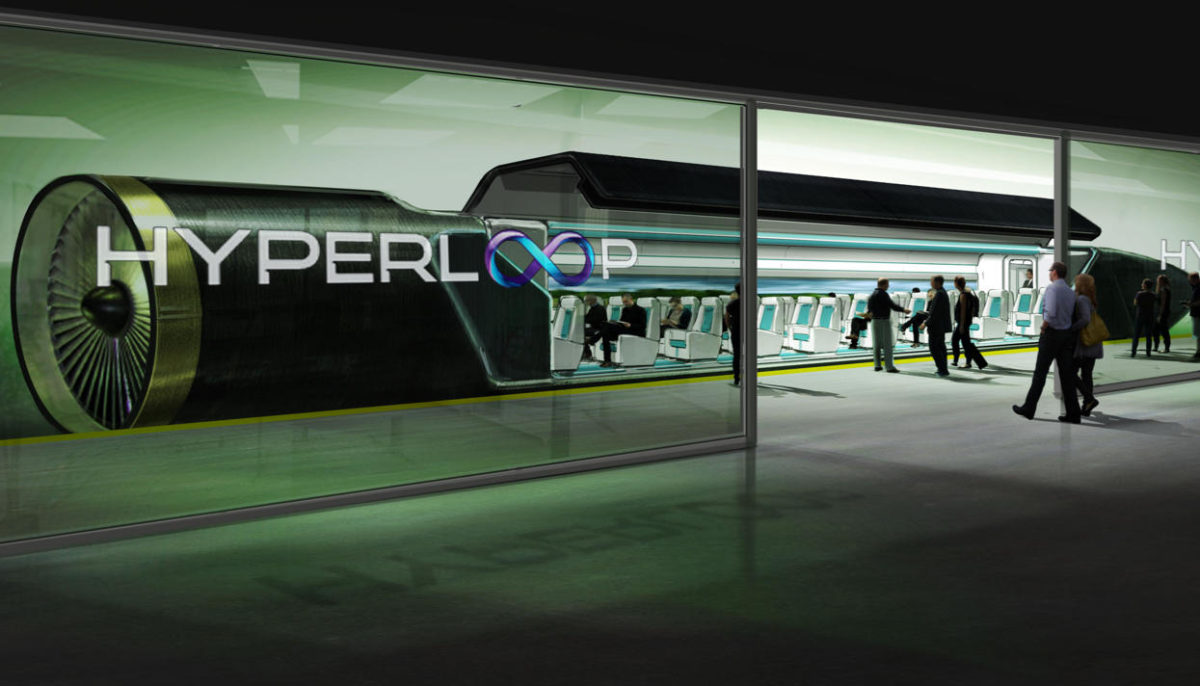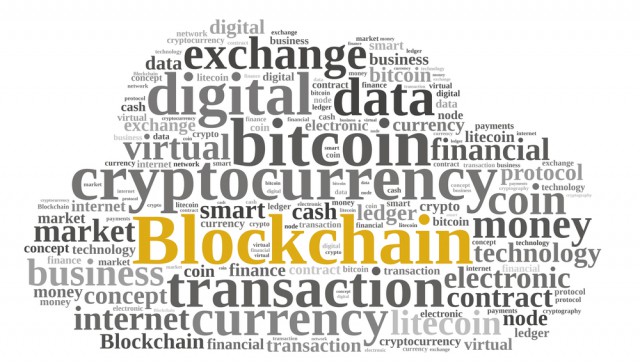With the revolutionary way the information is exchanged around the world and incredible progress in the field of computing, it seems that we have achieved the pinnacle of technology advancement. Only in 1992, the first text message was sent from a mobile phone and now, roughly 20 years later, our smartphones can even substitute computers. Not to mention the buzz around trendy topics like Internet of Things or robotics. Yet in many areas things do not change so fast, with transportation industry serving as an excellent example. The roads are still lined with cars and skies are scattered with planes. And what happened with the vision of flying cars and teleporters?
In 2013 Elon Musk, a CEO of SpaceX and space travel enthusiast, introduced a concept of the Hyperloop. It may not be as exciting as teleporters, but it is believed to completely revolutionize mass transit. Hyperloop is a transport system in which levitating tubes powered by magnetism and electricity would move at a high speed through a pneumatic tube. Initially, Musk developed a plan to connect San Francisco to Los Angeles with a one-way trip taking about 35 minutes (compared to a six-hour travel by car at the same distance), meaning that Hyperloop could potentially achieve a speed of 1200 km/h (!).
Hyperloop is the answer to conventional modes of transport that tend to be either expensive, slow or environmentally unfriendly. While road transport increases the carbon emissions, rail travel, although energy efficient, is usually relatively slow and expensive. Furthermore, at shorter distances planes do not seem as the most effective option since it takes them more time to depart and land rather than actually fly. Hyperloop is meant to be a cost-effective, high-speed system used on moderate distances. The transporting tubes would have solar panels installed on the roof, making it completely self-powered system. Finally, Musk’s original design estimated that the costs would not exceed six billion dollars. What’s more, a single journey on the abovementioned distance from San Francisco to Los Angeles would cost as much as $20.
SpaceX however, does not intend to build Hyperloop. Instead, it has launched a competition to encourage students and engineers to develop prototype pods. In the first design stage held in January 2016, there were 30 teams selected that are now given a chance to build their own functional Hyperloop models. Among the winners, there are teams mostly from the U.S., such as from Massachusetts Institute of Technology, but there are also numerous European teams, including the one from Delft University of Technology. The next phase is planned to be in January 2017, where contestants will test their prototypes on SpaceX’s one-mile track.
There are many enthusiasts of Hyperloop project that envision this transportation system in their own countries. Dubai is already partnering with Abu Dhabi and Doha and discussing possibilities of building a Hyperloop network that would link the cities. Another proposed network would connect Helsinki with Stockholm.
But each great invention comes with numerous drawbacks, with many claims that technical challenges might not let Hyperloop project to get off the ground. The biggest concern relates to its costs: Musk estimated that the total costs on the originally planned route from LA to San Francisco would not exceed six billion dollars (it’s a distance of about 600 km). However, KPMG estimated that the cost of connecting Stockholm to Helsinki (about 480 km) would be at least $21 billion, where the figure includes everything from the tube to allowances for risk and overhead. In fact, only costs of land acquisition for rail projects are usually tremendous and exceeding billions of dollars. Another issue is related to the fact whether it is a mean of transport for people as it’s still unclear if traveling a thousand kilometers per hour in a tube is humanly bearable.
For now, the Hyperloop project seems to be just ideas and prototypes. But who knows, maybe soon we will witness evolutionary changes in mass transportation system?
Sources:
http://www.theverge.com/2016/7/15/12200070/spacex-hyperloop-competition-date-announced-elon-musk
As Hyperloop progress glides forward, here’s what you need to know
http://phys.org/news/2016-10-futuristic-dubai-hyperloop-transit-tubes.html
Hyperloop That Links Helsinki to Stockholm Would Cost $21 Billion
https://www.theguardian.com/sustainable-business/2016/aug/14/hyperloop-elon-musk-futuristic-technology-transport


